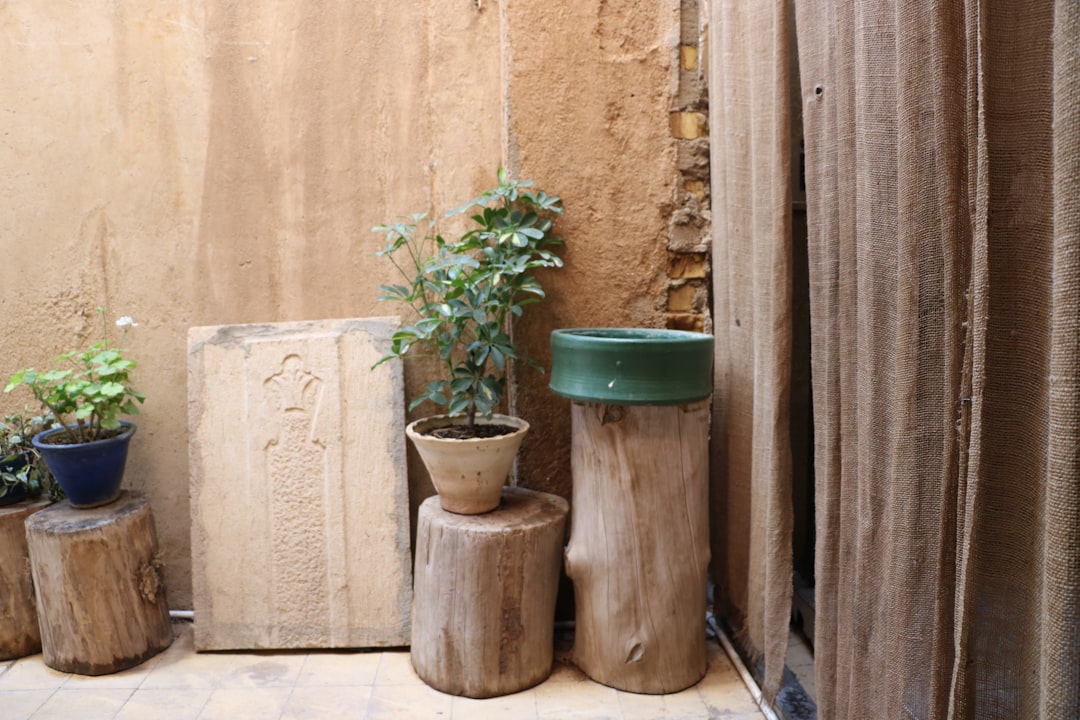Transform Your Rocky Yard with a Colorful Flower Border

Are you looking to add a touch of beauty and charm to a rocky area in your yard? Look no further than a flower - filled, long - blooming rock garden border. This type of garden not only makes use of an otherwise underutilized space but also brings a burst of color and life to your outdoor environment.
First and foremost, let's talk about the planning phase. Before you start digging and planting, it's essential to assess the location. Observe how much sunlight the area receives throughout the day. Most flowering plants thrive in full sun, which means at least six hours of direct sunlight. However, there are also many shade - tolerant flowers that can do well in areas with less sunlight. Make sure to take note of any natural slopes or drainage patterns in the rocky area. Good drainage is crucial for a rock garden, as most of the plants prefer well - drained soil.
Once you have a clear understanding of the site conditions, it's time to choose the right plants. For a long - blooming rock garden border, you'll want to select a variety of flowers that bloom at different times of the year. Spring - blooming flowers like crocuses, daffodils, and tulips can add a splash of color early in the season. These bulbs are easy to plant and can naturalize over time, coming back year after year. As spring turns to summer, consider adding plants such as coreopsis, sedum, and yarrow. Coreopsis produces bright, daisy - like flowers in various colors, while sedum has fleshy leaves and clusters of star - shaped flowers. Yarrow is known for its feathery foliage and flat - topped flower clusters that attract butterflies.
For the late summer and fall, asters and chrysanthemums are excellent choices. Asters come in a wide range of colors, from purple and pink to white, and they add a pop of color when many other plants are starting to fade. Chrysanthemums, or mums, are classic fall flowers that come in different shapes and sizes. They can be planted in pots and then added to the rock garden border for a seasonal display.
When it comes to the actual planting process, start by clearing the area of any large rocks, debris, or weeds. You may need to add some soil amendments to improve the soil quality. A mixture of sand, gravel, and compost can create a well - drained and nutrient - rich growing medium. Dig holes for each plant, making sure they are deep enough to accommodate the root ball. Gently place the plants in the holes and backfill with soil, pressing down firmly to eliminate air pockets. Water the newly planted flowers thoroughly to help them establish their roots.
Maintenance is also an important aspect of a successful rock garden border. Regular watering is necessary, especially during dry spells. However, be careful not to over - water, as this can lead to root rot. Deadheading, or removing spent flowers, can encourage more blooms and keep the garden looking tidy. In the winter, you may need to protect some of the more tender plants with a layer of mulch or burlap. Pruning can also be done in the early spring to remove any dead or damaged branches and to shape the plants.
In addition to the flowers, you can also incorporate some decorative elements into the rock garden border. Large rocks can be used as focal points or to create natural - looking terraces. You can also add small statues, birdbaths, or wind chimes to enhance the aesthetic appeal of the garden. These elements not only add visual interest but also create a more inviting and relaxing atmosphere in your yard.
Overall, a flower - filled, long - blooming rock garden border is a wonderful way to transform a rocky area of your yard. With careful planning, the right plant selection, and proper maintenance, you can enjoy a beautiful and vibrant garden throughout the year. Whether you're an experienced gardener or just starting out, this type of garden is a great project that can bring a lot of joy and satisfaction.